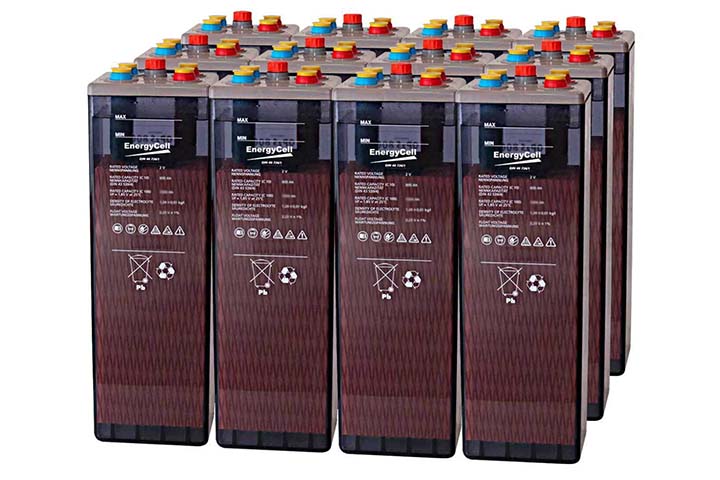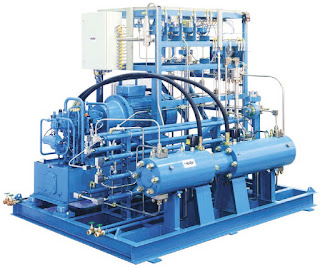Read more about Steam Condenser and Thermal Expansion Valves
In the previous article we talked about Thermal Expansion Valves, Steam Condenser and Thermal Insulation. In this article we will talk about their types and different parts.
Steam Condenser
The purpose of using a steam condenser is:
helping keep the pressure low (below atmospheric pressure) at the steam turbine end to get maximum possible energy and reduce the specific steam consumption of a power plant.
supplying pure feed water to and from the hot well. The water is again pumped to the boiler using a boiler feed pump.
The steam turbine itself is a device to convert the heat in steam to mechanical power. The difference between the heat of steam per unit mass at the inlet to the turbine and the heat of steam per unit mass at the outlet from the turbine represents the heat which is converted to mechanical power.
Thermal Expansion Valves
Inside the Thermal expansion valve, you will typically find the following main components:
The valve body: It holds the components and has an orifice inside to restrict the flow of refrigerant
The diaphragm: It is a strong, thin flexible material, typically metal, which can flex to apply pressure to the pin.
There are two main types of thermal expansion valves: internally or externally equalized. The difference between externally and internally equalized valves is how the evaporator pressure affects the position of the needle. In internally equalized valves, the evaporator pressure against the diaphragm is the pressure at the inlet of the evaporator, whereas, in externally equalized valves, the evaporator pressure against the diaphragm is the pressure at the outlet of the evaporator.
Thermal Insulation
We have plenty of cheap and common insulation materials ready to buy on the market now. Many of them have been nearby for quite some time. All of these insulation elements have their ups and downs, and when deciding about the type of insulation material you need, it is better to be certain and aware of the material type that would work the best in your application.
The insulating capability of a material is measured as the inverse of thermal conductivity (k). Low thermal conductivity is equivalent to high insulating capability (resistance value). In thermal engineering, other important properties of insulating materials are product density (ρ) and specific heat capacity (c).
Refrences:
https://en.wikipedia.org/wiki/Surface_condenser
https://www.linquip.com/blog/thermal-insulation/
https://en.wikipedia.org/wiki/Thermal_expansion_valve
https://www.ethosenergygroup.com/
https://www.linquip.com/blog/thermal-expansion-valves-everything-you-need/
https://en.wikipedia.org/wiki/Thermal_insulation




Comments
Post a Comment